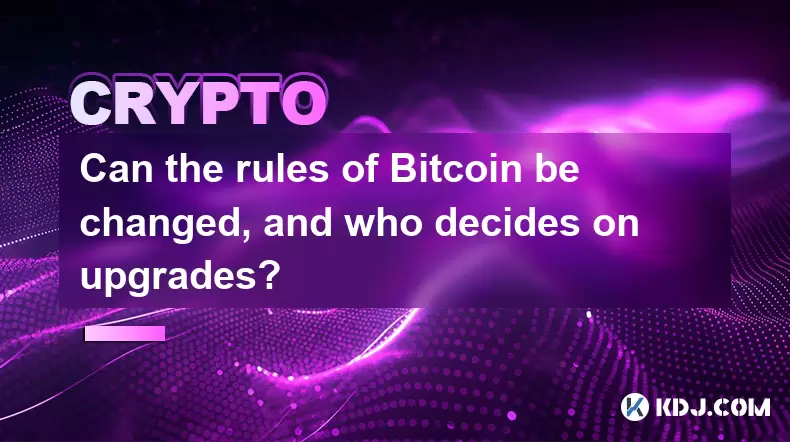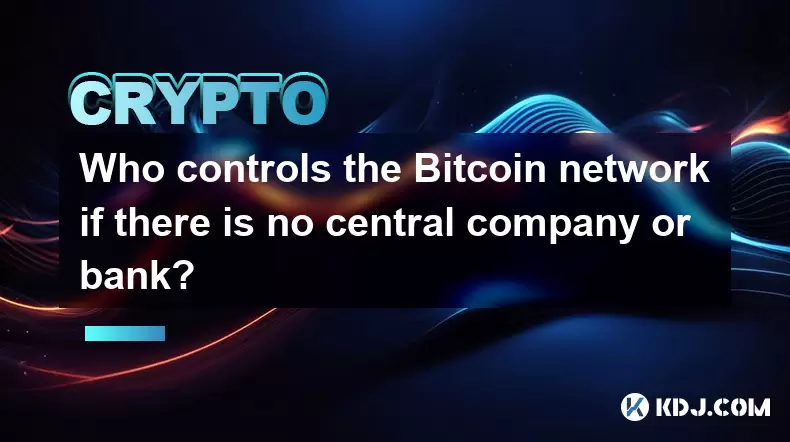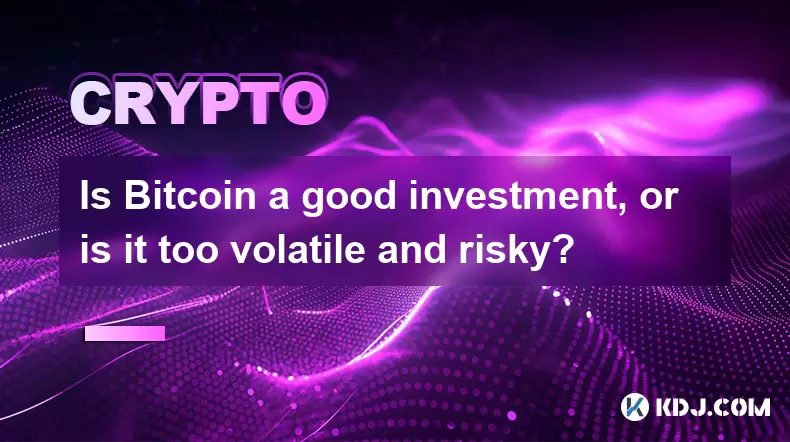-
 Bitcoin
Bitcoin $112400
-1.07% -
 Ethereum
Ethereum $3409
-3.27% -
 XRP
XRP $2.784
-6.60% -
 Tether USDt
Tether USDt $0.9997
-0.03% -
 BNB
BNB $739.3
-2.09% -
 Solana
Solana $158.0
-2.90% -
 USDC
USDC $0.9998
-0.02% -
 TRON
TRON $0.3213
-0.94% -
 Dogecoin
Dogecoin $0.1929
-5.01% -
 Cardano
Cardano $0.6974
-2.82% -
 Hyperliquid
Hyperliquid $36.69
-2.31% -
 Sui
Sui $3.327
-4.80% -
 Stellar
Stellar $0.3672
-5.18% -
 Chainlink
Chainlink $15.65
-3.07% -
 Bitcoin Cash
Bitcoin Cash $525.0
-1.68% -
 Hedera
Hedera $0.2291
-6.00% -
 Avalanche
Avalanche $20.91
-2.96% -
 Ethena USDe
Ethena USDe $1.000
0.00% -
 Toncoin
Toncoin $3.520
-1.12% -
 UNUS SED LEO
UNUS SED LEO $8.968
0.14% -
 Litecoin
Litecoin $105.7
0.26% -
 Shiba Inu
Shiba Inu $0.00001181
-1.79% -
 Polkadot
Polkadot $3.492
-2.08% -
 Uniswap
Uniswap $8.800
-3.10% -
 Dai
Dai $0.9999
-0.01% -
 Monero
Monero $289.9
-3.17% -
 Bitget Token
Bitget Token $4.243
-1.27% -
 Pepe
Pepe $0.00001006
-3.67% -
 Cronos
Cronos $0.1248
-5.68% -
 Aave
Aave $249.7
-2.50%
how many blocks until bitcoin halving
As of July 1, 2023, approximately 62,000 blocks remain until the next Bitcoin halving, estimated to occur around April 1, 2024 (Block 840,000).
Oct 01, 2024 at 01:35 pm

Countdown to Bitcoin Halving: Exploring the Block Heights
Understanding Bitcoin Halving
Bitcoin halving is a preprogrammed event that occurs approximately every four years, wherein the block reward for mining new Bitcoins is reduced by half. This halving mechanism plays a crucial role in controlling Bitcoin's supply and maintaining its long-term value.
Block Heights to Halving
The halving event is not determined by a specific date but rather by the number of blocks mined. Each block contains a record of Bitcoin transactions, and the halving occurs when a specific block height is reached. The following table lists the past and upcoming Bitcoin halving events along with their corresponding block heights:
| Halving Date | Block Height |
|---|---|
| November 28, 2012 | Block 210,000 |
| July 9, 2016 | Block 420,000 |
| May 11, 2020 | Block 630,000 |
| April 1, 2024 (Estimated) | Block 840,000 |
Calculating Blocks to Halving
To determine the approximate number of blocks remaining until the next halving event, you can subtract the current block height from the target block height for the halving. For example, as of July 1, 2023, the current block height is 778,000. By subtracting this from the target block height of 840,000, we can estimate that approximately 62,000 blocks remain until the next Bitcoin halving:
Blocks to Halving = Target Block Height - Current Block HeightBlocks to Halving = 840,000 - 778,000Blocks to Halving = 62,000Significance of Halving
The halving event influences the Bitcoin market in several ways:
- Reduced Emission: The halving reduces the supply of new Bitcoins, making them more scarce.
- Increased Value: As demand remains relatively steady while supply decreases, the scarcity leads to a potential increase in Bitcoin's value.
- Miner Incentives: The halving event adjusts the incentive structure for Bitcoin miners, as the reward for mining new blocks is reduced.
By staying informed about the approaching halving event and understanding its potential implications on Bitcoin's market dynamics, investors and traders can make informed decisions and position themselves accordingly.
Disclaimer:info@kdj.com
The information provided is not trading advice. kdj.com does not assume any responsibility for any investments made based on the information provided in this article. Cryptocurrencies are highly volatile and it is highly recommended that you invest with caution after thorough research!
If you believe that the content used on this website infringes your copyright, please contact us immediately (info@kdj.com) and we will delete it promptly.
- Grayscale, Altcoin Trust, and Mid-Cap Mania: What's the Deal?
- 2025-08-03 08:50:16
- XRP, ADA, and the Altcoin Evolution: What's Hot and What's Next
- 2025-08-03 08:30:16
- HBAR Price Check: Will Monthly Gains Hold at This Resistance Level?
- 2025-08-03 08:30:16
- Bitcoin, Cryptos, and Retirees: A New Era of Investment?
- 2025-08-03 08:50:16
- BlockDAG's Presale Power & Active Miners: A New York Minute on Crypto's Hottest Trend
- 2025-08-03 08:55:25
- BlockDAG Presale Heats Up: SUBBD Trails as Innovation Meets Execution
- 2025-08-03 09:00:16
Related knowledge

What is the difference between holding Bitcoin on an exchange versus in a personal wallet?
Aug 02,2025 at 03:15pm
Understanding Custodial vs Non-Custodial ControlWhen holding Bitcoin on an exchange, users are essentially entrusting their assets to a third party. E...

Can governments shut down or ban Bitcoin?
Aug 02,2025 at 09:44am
Understanding Bitcoin’s Decentralized StructureBitcoin operates on a decentralized peer-to-peer network, meaning it is not controlled by any single en...

What are Bitcoin transaction fees, and why do they fluctuate?
Aug 03,2025 at 01:51am
Understanding Bitcoin Transaction FeesBitcoin transaction fees are small amounts of Bitcoin paid by users to miners for processing and confirming tran...

Can the rules of Bitcoin be changed, and who decides on upgrades?
Aug 02,2025 at 06:36am
Understanding Bitcoin's Governance ModelBitcoin operates without a central authority, which means no single entity has the power to unilaterally chang...

Who controls the Bitcoin network if there is no central company or bank?
Aug 02,2025 at 06:01pm
Understanding Decentralized Control in BitcoinThe Bitcoin network operates without a central authority, which raises the question of who controls it. ...

Is Bitcoin a good investment, or is it too volatile and risky?
Aug 03,2025 at 05:28am
Understanding Bitcoin’s Role in Modern Investment PortfoliosBitcoin has increasingly become a topic of interest for investors seeking alternative asse...

What is the difference between holding Bitcoin on an exchange versus in a personal wallet?
Aug 02,2025 at 03:15pm
Understanding Custodial vs Non-Custodial ControlWhen holding Bitcoin on an exchange, users are essentially entrusting their assets to a third party. E...

Can governments shut down or ban Bitcoin?
Aug 02,2025 at 09:44am
Understanding Bitcoin’s Decentralized StructureBitcoin operates on a decentralized peer-to-peer network, meaning it is not controlled by any single en...

What are Bitcoin transaction fees, and why do they fluctuate?
Aug 03,2025 at 01:51am
Understanding Bitcoin Transaction FeesBitcoin transaction fees are small amounts of Bitcoin paid by users to miners for processing and confirming tran...

Can the rules of Bitcoin be changed, and who decides on upgrades?
Aug 02,2025 at 06:36am
Understanding Bitcoin's Governance ModelBitcoin operates without a central authority, which means no single entity has the power to unilaterally chang...

Who controls the Bitcoin network if there is no central company or bank?
Aug 02,2025 at 06:01pm
Understanding Decentralized Control in BitcoinThe Bitcoin network operates without a central authority, which raises the question of who controls it. ...

Is Bitcoin a good investment, or is it too volatile and risky?
Aug 03,2025 at 05:28am
Understanding Bitcoin’s Role in Modern Investment PortfoliosBitcoin has increasingly become a topic of interest for investors seeking alternative asse...
See all articles

























































































